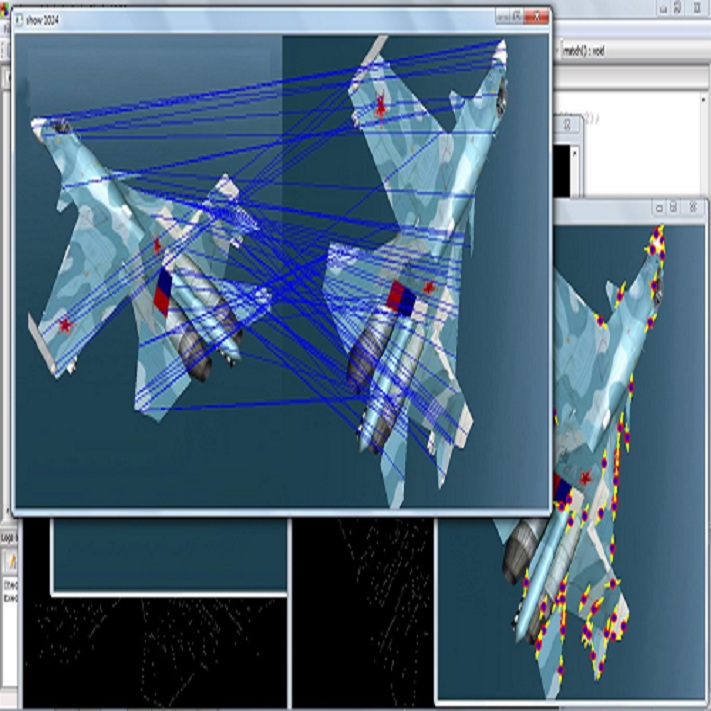Myocardial pathology segmentation (MyoPS) is critical for the risk stratification and treatment planning of myocardial infarction (MI). Multi-sequence cardiac magnetic resonance (MS-CMR) images can provide valuable information. For instance, balanced steady-state free precession cine sequences present clear anatomical boundaries, while late gadolinium enhancement and T2-weighted CMR sequences visualize myocardial scar and edema of MI, respectively. Existing methods usually fuse anatomical and pathological information from different CMR sequences for MyoPS, but assume that these images have been spatially aligned. However, MS-CMR images are usually unaligned due to the respiratory motions in clinical practices, which poses additional challenges for MyoPS. This work presents an automatic MyoPS framework for unaligned MS-CMR images. Specifically, we design a combined computing model for simultaneous image registration and information fusion, which aggregates multi-sequence features into a common space to extract anatomical structures (i.e., myocardium). Consequently, we can highlight the informative regions in the common space via the extracted myocardium to improve MyoPS performance, considering the spatial relationship between myocardial pathologies and myocardium. Experiments on a private MS-CMR dataset and a public dataset from the MYOPS2020 challenge show that our framework could achieve promising performance for fully automatic MyoPS.
翻译:心肌梗塞分解(MyoPS)对于心肌梗塞(MI) 图像的风险分解和治疗规划至关重要。 多序列心脏磁共振(MS-CMR)图像可以提供宝贵的信息。例如,平衡稳定的稳定状态无分分泌胆碱序列可以提供清晰解剖界限,而迟到的 ⁇ 增强和T2-加权的CMR序列可以分别直观地显示心肌伤疤和MI水肿。现有方法通常将不同 CMR序列的解剖和病理信息结合到一个共同的空间(i., 心肌梗塞),但假设这些图像在空间上已经一致。然而,MS-CMR图像通常不匹配,因为临床实践中的呼吸动作给MyoPS带来额外的挑战。这项工作为不匹配的MS-CRM图像提供了自动的MPS框架。具体地说,我们设计了一个同时图像登记和信息聚合的混合计算模型,将多序列特征整合到一个共同的空间空间以提取解剖面结构(i.e, IMBS-C),因此,我们可以通过空间磁质变换我的数据显示共同的成绩。因此,我们可以展示我的磁度,可以显示我的磁体- 。



